Gary Williams and i rented a cabin alongside Citico Creek in April of this year. The event was the Buffalo spring spawning event which brought 10s of thousands of Buffalo along with Suckers, Redhorses and Trout out of the Tellico reservoir located just downstream. This has been documented annually during the last several years by Jim Herrig of the Cherokee National Forest. Our cabin reservation dates ended up being several days after the run but we did see some stragglers and other species, the carnage and smelled the rotting fish thrown up on the banks. A legal activity here in Tennessee, and endorsed by TWRA, is to cast out big treble hooks and yank the spawning fish out of the water. Some folks throw them back in the water but many just throw them on the bank to rot, considering them worthless trash fish. Some take pickup truck loads home to feed their hogs, plant in the garden or use as coyote bait. Hardly anyone will stoop to such low behavior as eating them.
We got into the water Friday morning, Gary in his dry suit and myself double layered with 2 wetsuits, hood, socks and gloves. I felt like wide rubber bands were stretched all over my body at critcal joints and was cold, awkward and very uncomfortable in my first native water snorkel of the year. 55 degrees was the temp and well below my line of comfort but we stuck with it for a couple hours with Gary finally relenting after having his Adam's apple stuck either above or below the ever tightening neck stranglehold of his rubber banded collar. I insisted on earning my due and swam upstream into a pod of unknown suckers. My camera skills were rusty and dexterity clumsy with thick gloves and very few shots were worthy of sharing, though a few sights and pictures were memorable. I eased into an eddy pool and was meet with tuberculed Stripe Shiners, handsome Stonerollers, a dozen small yellow Perch and the most interesting, about 30 Logperch gathered at the center of the pool. I could detect no specific behavior among them other than the typical nose flipping of stones. I pushed myself back into a root wad and perched myself hoping to determine why they were all gathered together. Years ago i caught sight of a mass of Loggies swarming among riffles and cobble in a small mountain creek feeding Lake Chickamauga, and i now assume they were spawning. Perhaps these Logperch had gathered for a similiar event but i eventually grew impatient and cold while waiting for something to happen.
With a relieved Gary heading back to the vehicle and then a short drive to the bridge, i continued snorkeling upstream and came across a mortally wounded buffalo, a spear or arrow had been plunged through his back, high and centered. The Buffalo lay on his side, pelvic fins barely waving and his small sucker mouth gasping, but the eyes were still bright and clear. I picked him up, held him to my belly and waded through the deep water upstream to the bridge where Gary retrieved my filet knife and we relieved his suffering with a quick, deep, bloody plunge into the skull. A cedar board had been left by a fella from Kentucky and we used it to dress the Buffalo removing the rib area and backstrap and rinsing them clean in the water.
Back at the cabin Gary sharpened my knife and removed the scales and skin and placed the pieces into a pot of salted water and then into the frig. We decided to hunt for a few Morels which grow along stream banks this time of year. I had found a few Yellows the day before and we hoped to add a compliment to what was already gathered. Locally they are known as Dry Land Fish and further into North Carolina they are known as Hickory Chickens for some odd reason. South into North Georgia they are known as Merkels or in proper English "Miracles" as a story speaks of how a young woman and her child siblings were saved from starvation after finding a flush of them. We had a bit of success and prepared a meal that evening fit for fine adventures along the Citico. The Buffalo was breaded in seasoned cornmeal, dipped in egg and beer and then back into the cornmeal before being eased in hot peanut oil. The Morels were simmered slow in salted butter, simple and classic, to bring out their unique taste. One can see how they aquired the name Dry Land Fish and it is not by the taste. The Buffalo was fine and firm and not a hint of muddy muck fishyness, not even in the dark stained mudline. The long ribs were easily pulled from the flesh and the Y bones, also large, were as easily plucked. Redhorse Y bones, on the other hand, are fine and delicate and take patience and dexterity to remove.
It is a shame and dishonor to see these fish wasted for nothing but "sport". To be sure i am glad i was not there to see this activity. The fella from Kentucky however had taken advantage of the Buffalo being pulled from the water and had filled several coolers with the prized cut of ribs, his favored portion, fileted on the cedar plank. Gutted carcasses littered the area below and downstream of the bridge but at least he and his friends and family benefited from the slaughter as opposed to the fish being typically thrown on the bank to rot. The Native Americans looked upon these runs as a blessing and relief from hunger and starvation after a long hard Winter. There are many fish weirs where Indians focused, gathered and speared various species of spawning fish like the Buffalo and Redhorses here in Tennessee or the Sturgeon in the northern waters of Wisconsin.
As for our snorkeling views of Native Fishes that day we caught sight of Tennessee Snubs, Redlines, Gilts, Loggies, bright metallic Blueside Darters ( Maybe a Blotchside and Citico ) and Stripe, Warpaint, Whitetail and Tennessee Shiners their heads starting to glow translucent orange, typical Sunfish, Bass and Trout, Yellow Perch, Bluntnose Minnows, handsome Stonerollers, Hogsuckers, all manner of Redhorses, and Spotted Suckers. If we had been not so cold and more diligent we would have certainly added many more species to this fine location. The Citico is a sister location to our Cherokee National Forest snorkel outings organized by Jim Herrig and guided by him, Gary and myself. Citico Creek is closer to Knoxville and brings in a different community of participants though the Conasauga is much more historically active. We already have 9 dates reserved but also 3 at the Citico this year. Its a good opportunity to visit and see the wonders below the surface.
The cabin, called Broken Arrow, is comfortable and houses and sleeps up to 5 or 6 comfortably. It would make a nice place to rendevous and spend a couple or 3 days while snorkeling this summer. It is only $100 per night, 2 night minimum with a $50 cleaning fee. Camping is free along the creek but as i get older i really enjoy the comfort and convenience after a full day of snorkeling. If we had a few folks interested it would be fun to organize a snorkel gathering this summer. Tieing a NANFA gathering into CNF Citico guide trip would be a bonus as it's about 2 hours from my home in Chattanooga and put me there. July 19 and 28 are dates already selected and i would propose bracketing either of those with a couple days.
If interested, let me know and i will work a plan together. A neat opportunity at a fine location.
Casper
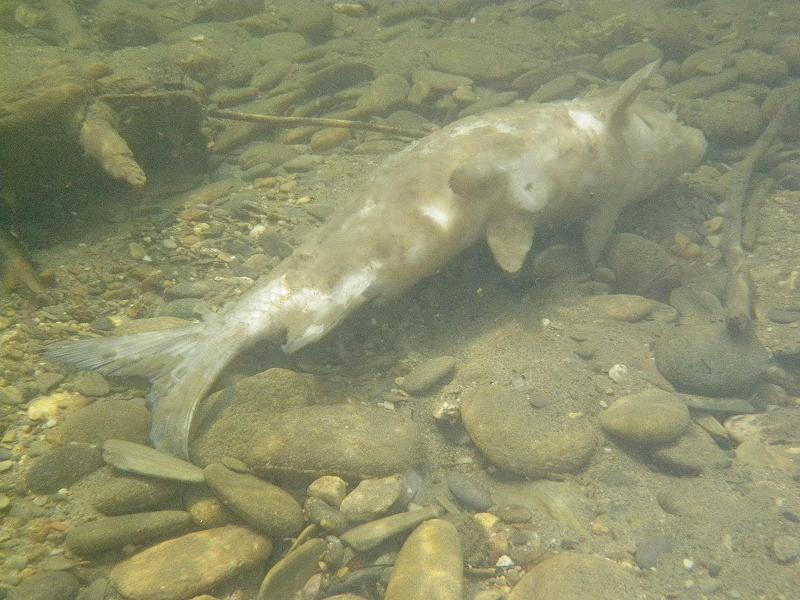
Moldering dead Buffalo. G. Williams
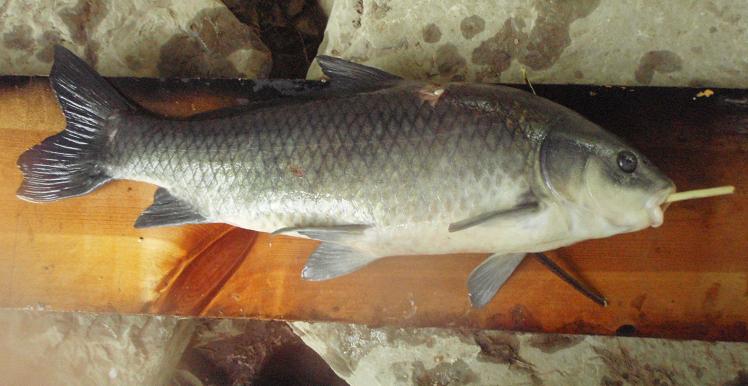
Mortally wounded Buffalo, ready to die.

Carcass and fresh meat. G. Williams
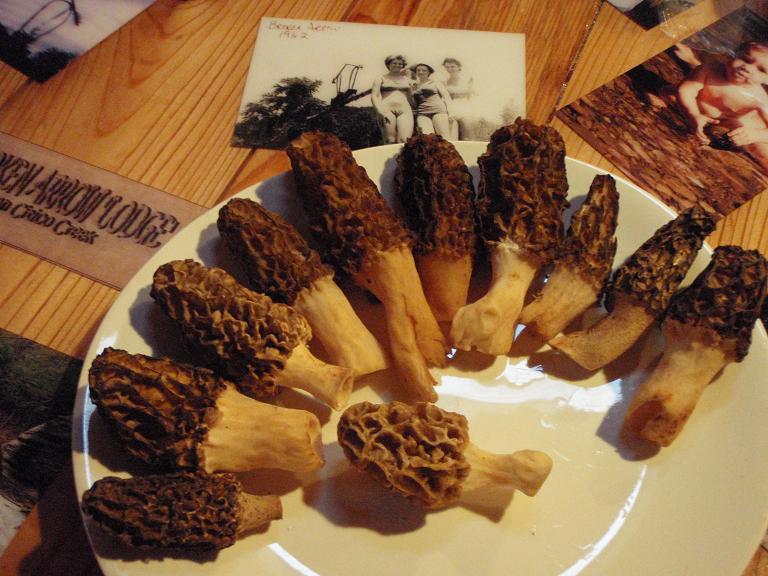
Morels ready for the skillet at Broken Arrow.
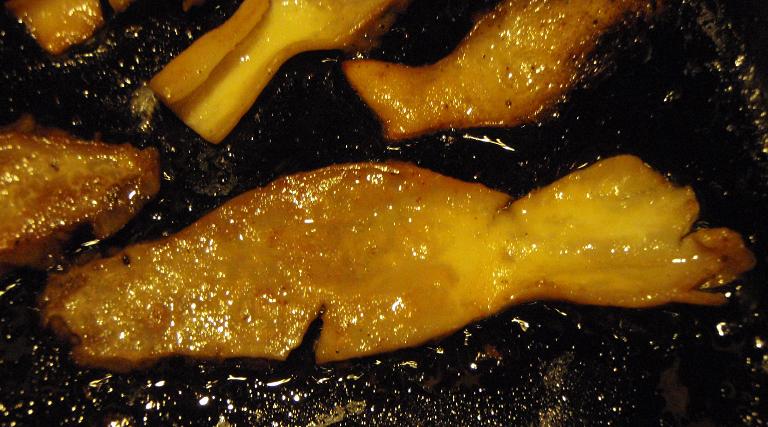
Why they are called Dry Land Fish.

Buffalo Fish & Chips, Tennessee Style.
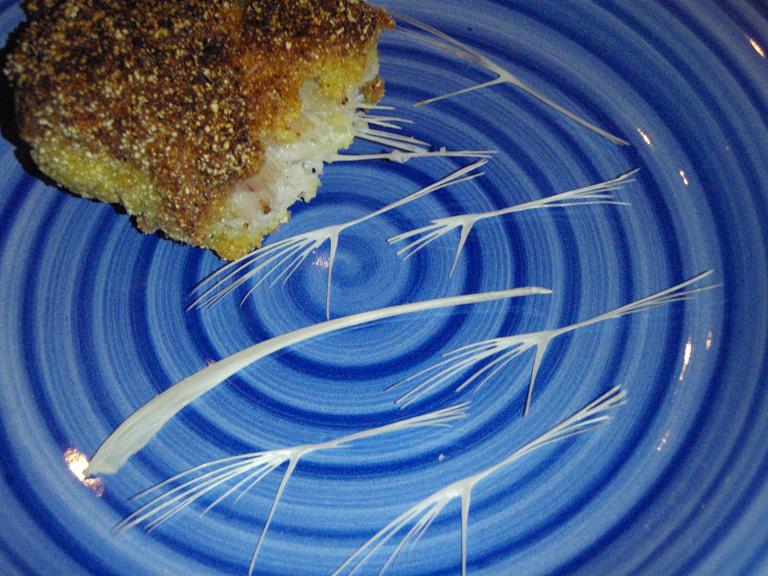
Bones, Ribs and Ys.

Spotted Sucker, a new dot for Etnier's 2nd edition. G. Williams
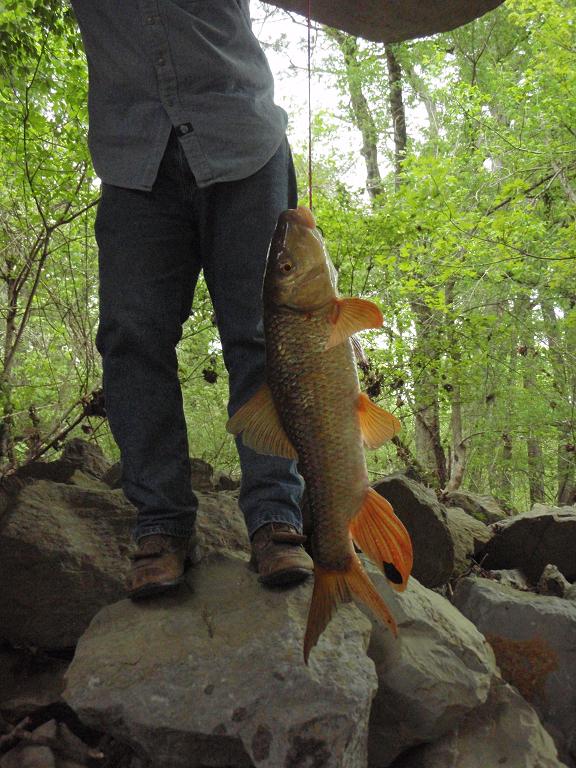
Silver Redhorse, a new dot for Etnier's 2nd edition.
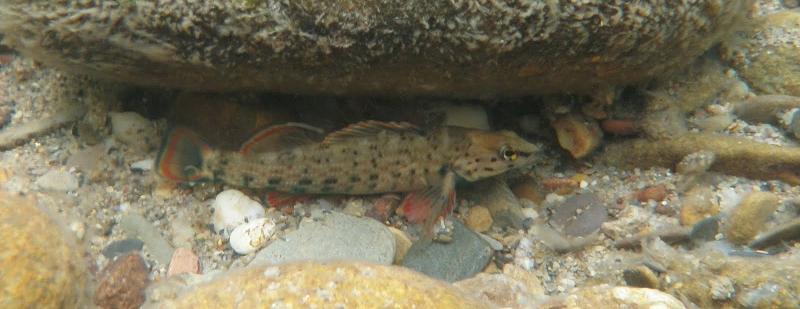
Shadowed Redline. G. Williams
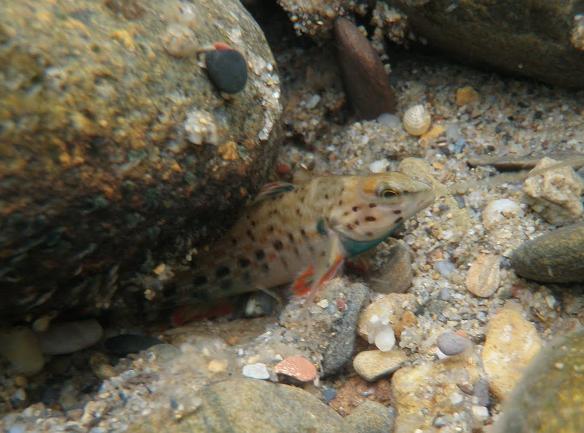
Peeking Redline. G. Williams
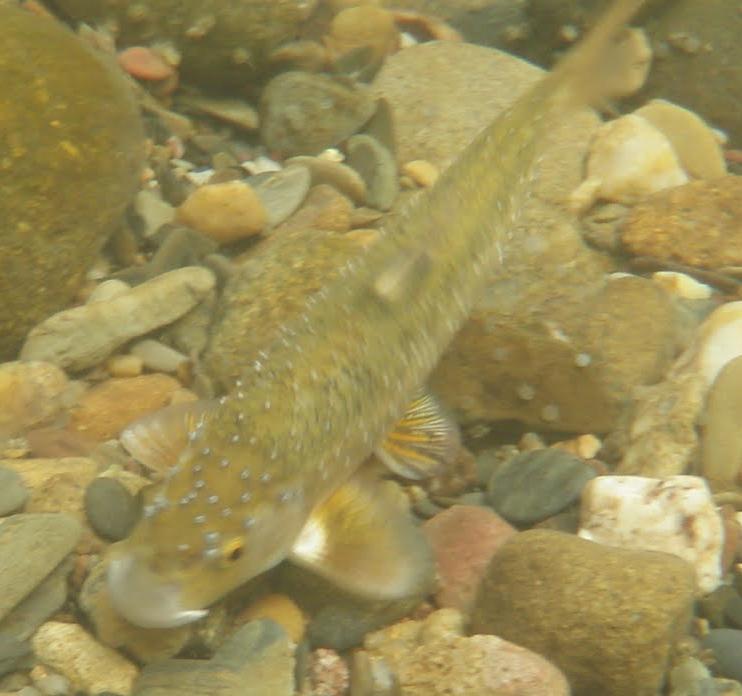
Handsome Stoneroller all decked out. G. Williams
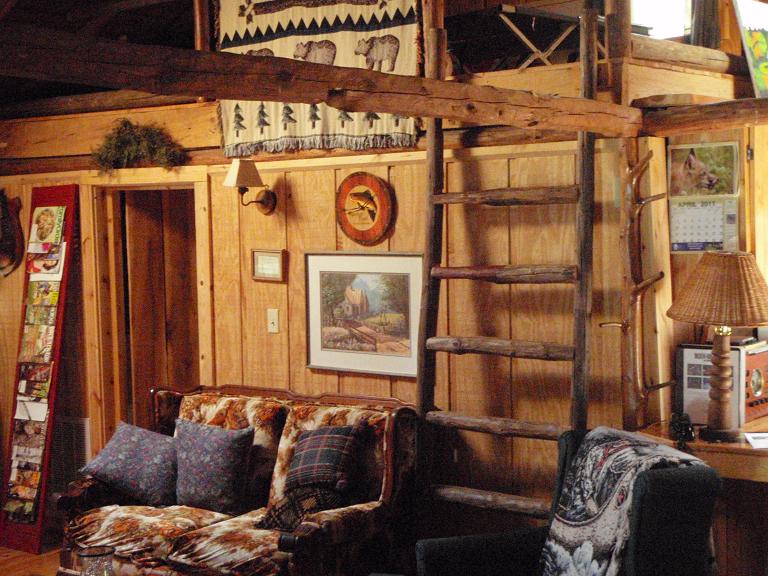
Broken Arrow Lodging.
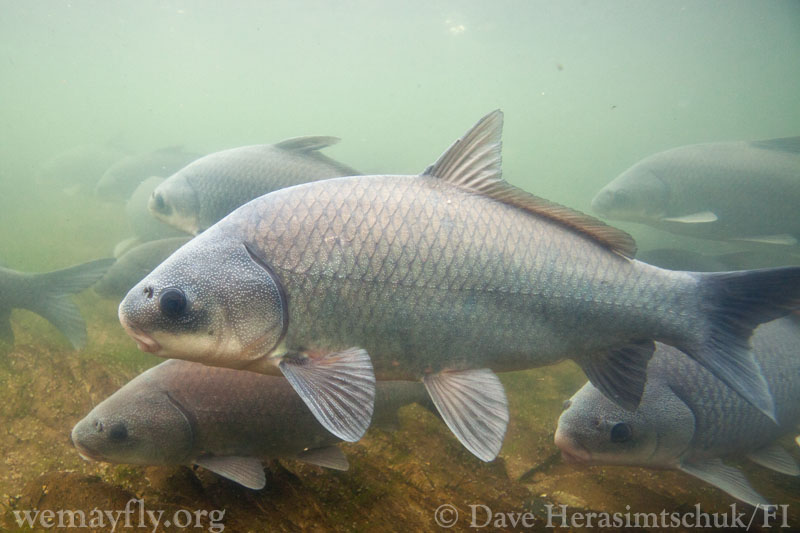
Tuberculed Buffalo. Dave H. of Freshwater Illustrated
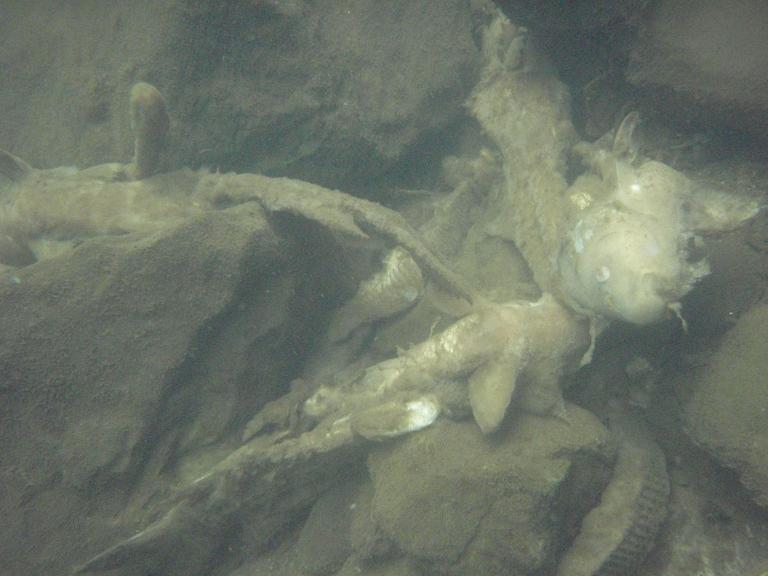
Carnage.
Edited by Casper, 21 April 2011 - 06:00 PM.







